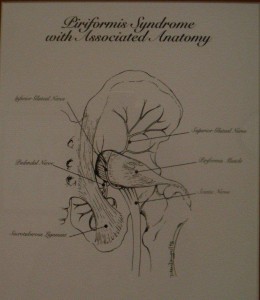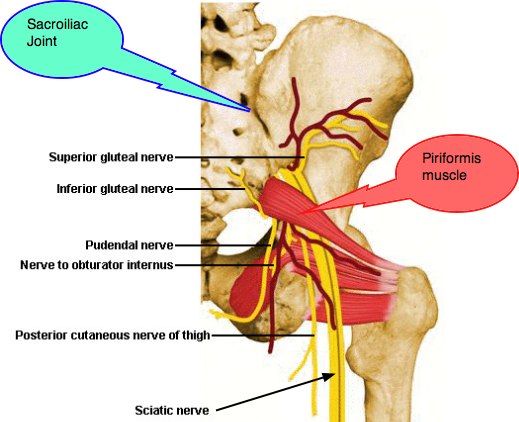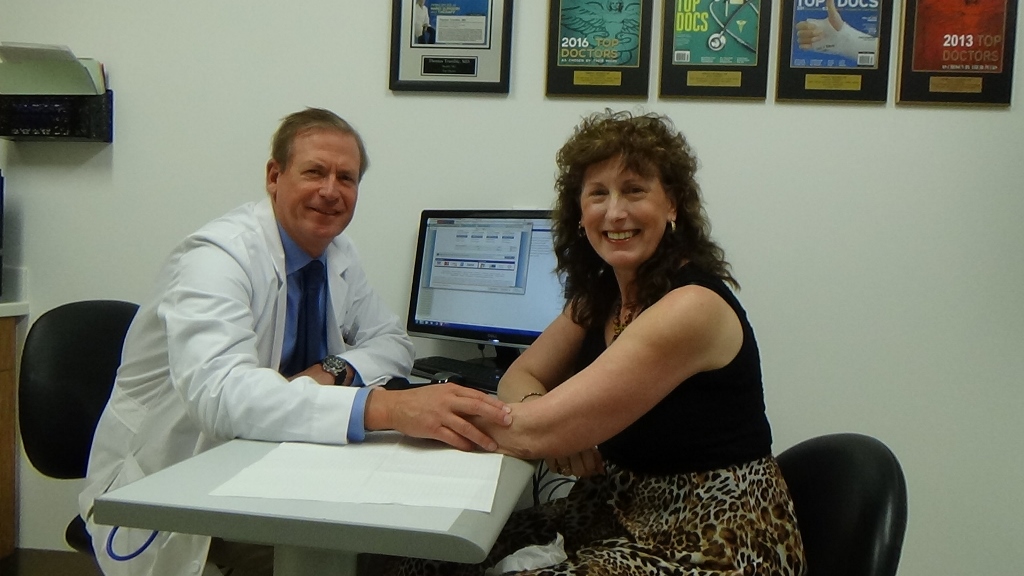This is my first post since my SI Fixation Surgery on this subject of Piriformis Syndrome as the root of my bi-lateral Sciatica Nerve Pain.

I can’t blame anyone except myself. If I sit too long, I pay the price no matter what. Since office work is what I do and now writing a website, I have definitely gone over the cliff on this issue. The positive thing about sitting now is my lumbar spine does not start aching, and no pain under my seat bones. Hallelujah for my fixated SI joints! And in reality, I can sit longer hours than before my fixation surgery before the sciatica pain increases. With a pelvis in neutral, the Piriformis muscles are now able to take a chill pill and that is why I feel I can sit longer before the sciatica nerve acts up. For me the fixation surgery alone has helped my life in the office be much more reasonable and pain free most of the time.
It is ridiculous because on some days I feel like I have no problem and on other days I want to drive my self to the Emergency Room with horrible burning pain. For me the burning pain, feels like it has epicenters located around mid-medial thighs probably in the area of the Adductor Canal, medial knees, back of knees and coursing around the head of the Fibula on the lateral knee and radiating around my entire thighs. When it continues radiating down to my ankles is about the time I think I’m going to lose it. I feel like sitting on ice just to put the fire out.
Here is a website that I thoroughly enjoyed reading of a fellow blogger on the subject of Piriformis Syndrome. I was very impressed with his comprehensive site and I don’t even want to begin to match his effort – see http://piriformissyndrome.me/
Also see his page on treatments: http://piriformissyndrome.me/piriformis-syndrome-treatments/
What can I say except how many others have the same problem. I believe it is more prevalent than is realized in the medical community. Or should I say it is realized in the medical community, but maybe there are not concrete answers to help patients with the problem. That is why we as patients are here sharing our stories to help others find there way through diagnostic algorithms.
To be continued……

